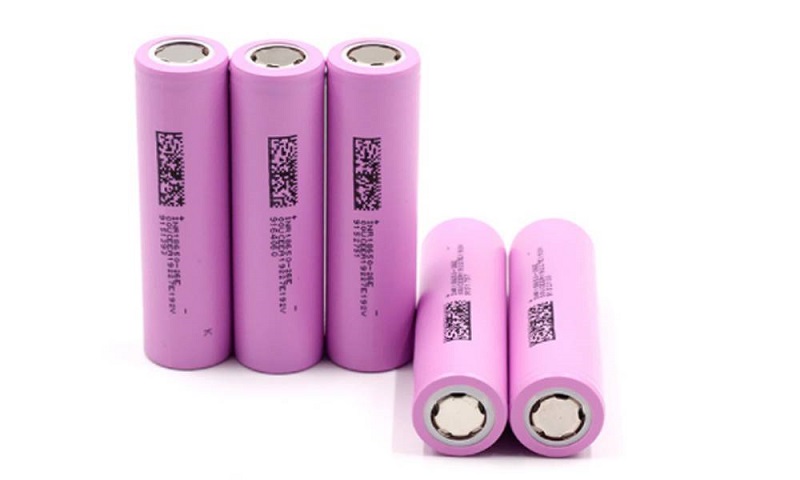The original intention of the lithium battery protection board is to ensure the safety of the lithium battery and to ensure that the lithium ion battery will not be overcharged or overdischarged. Since the overcharge and overdischarge of lithium-ion batteries in the past would cause battery damage or explosions, fires and other dangers, protective plates were also introduced when lithium-ion batteries were introduced. Recently, with the emergence of lithium iron phosphate batteries, it is said that lithium iron phosphate batteries are not afraid of overcharge and overdischarge, so there is a saying that they can be used without a protective plate. However, so far, no battery manufacturer has publicly announced that it will not use protection circuits. The protection board is the purpose of bodyguards, and the protection board is to ensure the safety of the lithium-ion battery.
As the overcharge, overdischarge and short circuit of the lithium-ion battery may cause the battery to be scrapped, the protection board plays such a protective role. If you can ensure that the battery is overcharged, over-discharged, and short-circuited during use, you can avoid the protection board. In the process of using lithium ion batteries, each overcharge, overdischarge, or short circuit will reduce the battery life. In serious cases, scrap the battery directly! If there is no lithium-ion battery protection board, short-circuit and overcharge of the lithium-ion battery will cause the battery to swell, and in severe cases, there will be leakage, pressure relaxation, explosion or fire.
Of course, if the design of the lithium-ion battery protection board is not good, it will damage the battery, but the purpose of the protection board is to protect the battery and prevent the battery from being safe before it comes out. Consider not using the protection board.
The important role of the lithium-ion battery protection board is to protect the battery core of the rechargeable battery, maintain the safety and stability of the battery during the charging and discharging process, and play an important role in the performance of the entire battery circuit system.
1. Overcharge protection function: The overcharge protection function means that when a certain voltage (hereinafter referred to as overcharge detection voltage) is reached, the charger is forbidden to continue charging. That is, turn off the overcharged MOS tube and stop charging.
2. Over-discharge protection function: The over-discharge protection function stops discharging the load when the voltage of the lithium-ion battery drops. Turn off the MOS tube that controls over-discharge and prohibit its discharge. This process is exactly the opposite of the action during overcharge detection.
3. Overcurrent protection function: The overcurrent protection function stops discharging the load when a large current is consumed. The purpose of this function is to protect the battery and MOS tube, and to ensure the safety of the lithium-ion battery under working conditions. After the overcurrent detection, the battery will return to the normal state after being removed from the load, and can be charged or discharged.
4. Short-circuit protection function: In addition to the control IC, there is an important component in the circuit, MOSFET, which acts as a switch in the circuit. Because it is directly connected in series between the battery and the external load, its on-resistance has an impact on the performance of the battery. When a MOSFET is selected, its on-resistance is small, the internal resistance of the battery pack is small, the load-carrying capacity is strong, and the power consumption is small during discharge. When your battery is accidentally short-circuited, the protection board will automatically turn off within a few milliseconds and will not be powered on.
Post time: Oct-26-2020





